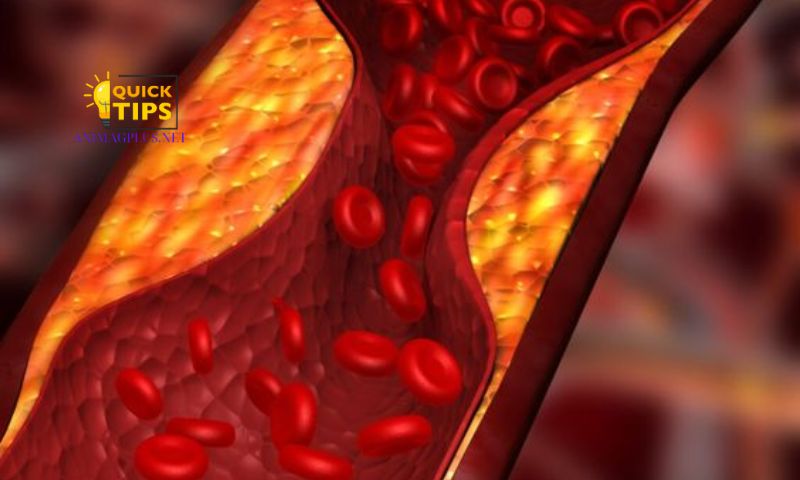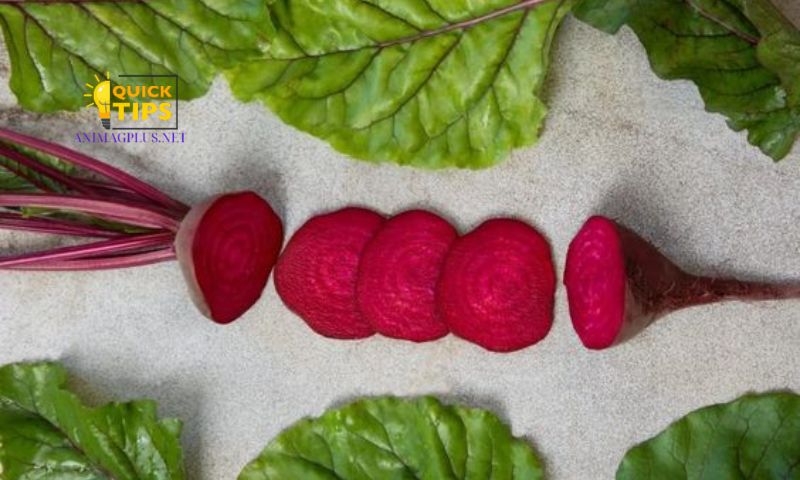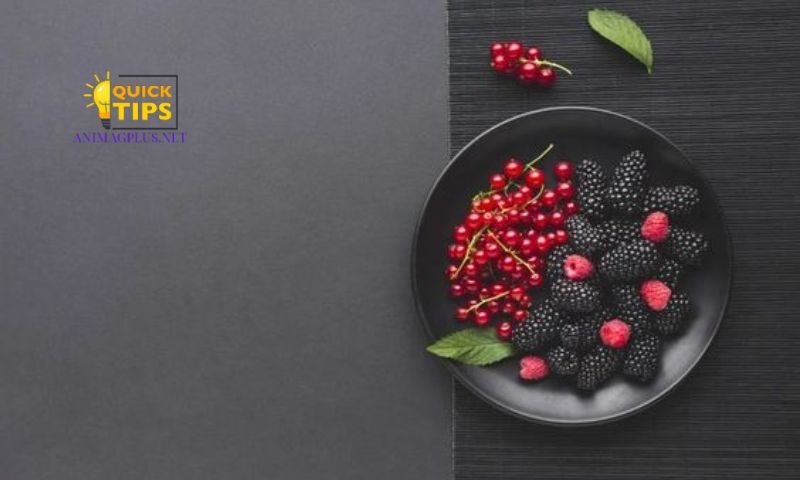Table of Contents
ToggleWhy is good blood circulation important?

Blood circulation plays a fundamental role in the body’s functionality. It is responsible for the transport of oxygen, nutrients, and hormones to cells throughout the body, and it helps in the removal of metabolic wastes. Good circulation ensures that tissues receive sufficient oxygen and nutrients, which is essential for energy production and cell regeneration.
Benefits of Good Circulation
- Enhanced Energy Levels: Proper blood flow means more oxygen and nutrients are delivered to muscles and tissues, reducing fatigue and improving stamina.
- Healthy Skin: Adequate circulation promotes healthy, glowing skin by delivering essential nutrients and oxygen.
- Improved Cognitive Function: Good circulation helps maintain brain health by providing a steady supply of oxygen and nutrients.
- Better Heart Health: Efficient blood flow reduces the strain on the heart and lowers the risk of cardiovascular diseases.
Potential Health Issues from Poor Circulation
- Numbness and Tingling: Often felt in the extremities, indicating that blood isn’t flowing properly.
- Cold Hands and Feet: Poor circulation can cause temperature regulation issues.
- Swelling and Edema: Fluid retention can occur due to inadequate blood flow.
- Varicose Veins: Enlarged veins caused by improper blood flow.
Understanding the significance of good circulation underlines the necessity of incorporating habits that enhance blood flow. Here are some simple tips for improving blood circulation.
Simple Tips for Improving Blood Circulation

Stay Physically Active
Regular physical activity is one of the most effective ways to enhance blood circulation. Exercise stimulates blood flow, improves heart health, and helps maintain a healthy weight.
Types of Exercises:
- Cardio Exercises: Activities like walking, jogging, cycling, and swimming increase heart rate and promote circulation.
- Strength Training: Weightlifting and resistance exercises help build muscle mass, which in turn aids in efficient blood flow.
- Flexibility Exercises: Yoga and stretching improve circulation by encouraging blood flow to muscles and joints.
Incorporating Movement into Daily Life:
- Take Short Walks: Break up long periods of sitting by taking short walks.
- Use Stairs: Opt for stairs instead of elevators when possible.
- Desk Exercises: Perform simple stretches and movements while working at a desk.
Regular physical activity is a cornerstone of maintaining good blood circulation. Engaging in a mix of cardio, strength, and flexibility exercises ensures comprehensive benefits for your circulatory health.
Maintain a Healthy Diet
Diet plays a pivotal role in maintaining and improving blood circulation. Certain foods can enhance blood flow, while others can impede it.
Foods That Improve Blood Flow:
- Leafy Greens: Spinach, kale, and other greens are rich in nitrates, which help dilate blood vessels.
- Citrus Fruits: Oranges, lemons, and grapefruits are high in vitamin C, which strengthens blood vessel walls.
- Fatty Fish: Salmon, mackerel, and sardines contain omega-3 fatty acids that promote cardiovascular health.
- Berries: Blueberries, strawberries, and raspberries are packed with antioxidants that improve circulation.
Staying Hydrated:
- Importance of Water: Proper hydration is essential for blood volume and circulation.
- Tips for Increasing Water Intake: Carry a water bottle, set reminders to drink water, and consume hydrating foods like cucumbers and watermelon.
Avoid Foods That Hinder Circulation:
- High in Sugar and Trans Fats: These can lead to inflammation and impaired blood flow.
- Excessive Salt: Can cause water retention and high blood pressure, affecting circulation.
Maintaining a balanced diet rich in nutrients supports healthy blood flow. Including circulation-boosting foods and staying hydrated are simple yet effective strategies.
Avoid Prolonged Sitting or Standing

Prolonged sitting or standing can negatively impact circulation, leading to issues like varicose veins and blood clots.
Effects on Circulation:
- Sitting: Reduces blood flow to the legs, causing pooling and potential clot formation.
- Standing: This can lead to venous insufficiency, where blood struggles to return to the heart.
Tips for Taking Breaks:
- Stand Up Regularly: Set a timer to stand and stretch every 30 minutes.
- Use a Standing Desk: Alternate between sitting and standing while working.
- Leg Exercises: Perform calf raises, ankle circles, and other leg movements to keep blood flowing.
By avoiding prolonged periods of sitting or standing and incorporating regular movement, you can significantly improve your circulation and reduce the risk of related health issues.
Practice Stress Management
Chronic stress can have a detrimental effect on blood circulation by increasing blood pressure and causing inflammation.
Connection Between Stress and Poor Circulation:
- Increased Blood Pressure: Stress hormones like cortisol can raise blood pressure, affecting circulation.
- Inflammation: Chronic stress can lead to inflammation, narrowing blood vessels and impeding blood flow.
Stress Management Techniques:
- Deep Breathing: Practice deep, slow breaths to calm the mind and body.
- Meditation: Regular meditation can reduce stress and improve overall health.
- Hobbies: Engage in activities that bring joy and relaxation, whether it’s reading, gardening, or painting.
Managing stress effectively helps maintain healthy blood pressure and promotes better circulation. Incorporating relaxation techniques into your daily routine can have significant benefits.
Wear Compression Garments
Compression garments, such as socks and stockings, can be beneficial for improving blood circulation, especially in the legs.
How Compression Garments Help:
- Increase Blood Flow: They apply gentle pressure, helping blood flow back to the heart.
- Reduce Swelling: Compression can prevent fluid build-up and reduce swelling in the legs.
- Prevent Varicose Veins: Regular use can help prevent the development of varicose veins by supporting the veins.
Situations Where Compression Garments are Beneficial:
- Long Flights: Prevents blood clots during long periods of immobility.
- Post-Surgery: Aids recovery by improving circulation.
- During Pregnancy: Helps manage swelling and vein issues.
Using compression garments as part of your daily routine or during specific situations can provide significant relief and support for your circulatory system.
Quit Smoking
Smoking has a profoundly negative impact on blood circulation. The chemicals in cigarettes damage blood vessels, reduce blood flow, and increase the risk of cardiovascular diseases.
Negative Impact of Smoking on Circulation:
- Blood Vessel Damage: Nicotine constricts blood vessels, reducing blood flow.
- Increased Plaque Buildup: Smoking promotes the buildup of plaque in arteries, leading to atherosclerosis.
- Higher Risk of Blood Clots: Smoking increases the likelihood of blood clots forming.
Resources and Tips for Quitting Smoking:
- Support Groups: Joining a support group can provide motivation and advice.
- Nicotine Replacement Therapy: Products like patches and gum can help manage withdrawal symptoms.
- Professional Help: Seek advice from healthcare providers for tailored quitting strategies.
Quitting smoking is one of the most beneficial steps you can take for improving blood circulation and overall health. The sooner you quit, the quicker your body can begin to repair the damage.
Massage and Stretching
Regular massage and stretching can significantly improve blood circulation by encouraging blood flow to muscles and tissues.
Benefits of Massage for Circulation:
- Improves Blood Flow: Massage stimulates blood flow to the affected areas.
- Reduces Tension: Helps relax muscles and reduce tension, promoting better circulation.
- Enhances Lymphatic Drainage: Aids in the removal of toxins and waste from the body.
Simple Stretching Exercises:
- Leg Stretches: Hamstring stretches, calf stretches, and thigh stretches improve blood flow to the legs.
- Upper Body Stretches: Shoulder stretches, neck stretches, and arm stretches help circulation in the upper body.
- Full Body Stretches: Incorporate yoga poses like downward dog, cat-cow stretch, and forward bend for overall circulation improvement.
Incorporating regular massage and stretching into your routine can enhance blood flow and provide numerous health benefits. These practices are simple, enjoyable, and effective ways to support your circulatory system.
When to Seek Medical Advice
While implementing these simple tips for improving blood circulation can significantly enhance your health, there are times when professional medical advice is necessary.
Symptoms Requiring Professional Evaluation:
- Persistent Numbness and Tingling: May indicate a serious underlying condition.
- Severe Swelling: This could be a sign of a blood clot or other circulatory issues.
- Unexplained Pain: Persistent pain, especially in the legs, should be evaluated.
Importance of Consulting a Healthcare Provider:
- Accurate Diagnosis: Professional evaluation can identify the root cause of circulation issues.
- Tailored Treatment: A healthcare provider can offer specific treatments and advice based on individual health needs.
If you experience any concerning symptoms or if your circulation issues persist despite lifestyle changes, it is crucial to seek medical advice.
Conclusion
Good blood circulation is vital for maintaining overall health and well-being. By incorporating these simple tips for improving blood circulation—such as staying active, maintaining a healthy diet, managing stress, avoiding prolonged sitting or standing, wearing compression garments, quitting smoking, and practicing massage and stretching—you can significantly enhance your circulatory health. Remember to consult a healthcare provider if you experience persistent or tailored treatment.
Related Posts:
- Bedroom Decoration Tips: Transform Your Space into a…
- Folk Remedies for Faster Hair Growth: 10 Effective Ways
- 5+ Essential Tips for Raising Chickens to Grow Quickly
- 6 Essentail Tips for Using Oppo F9
- Tips for Fishing Tilapia: A Comprehensive Guide
- Folk Remedies for Teething Fever: Gentle and Effective Ways

